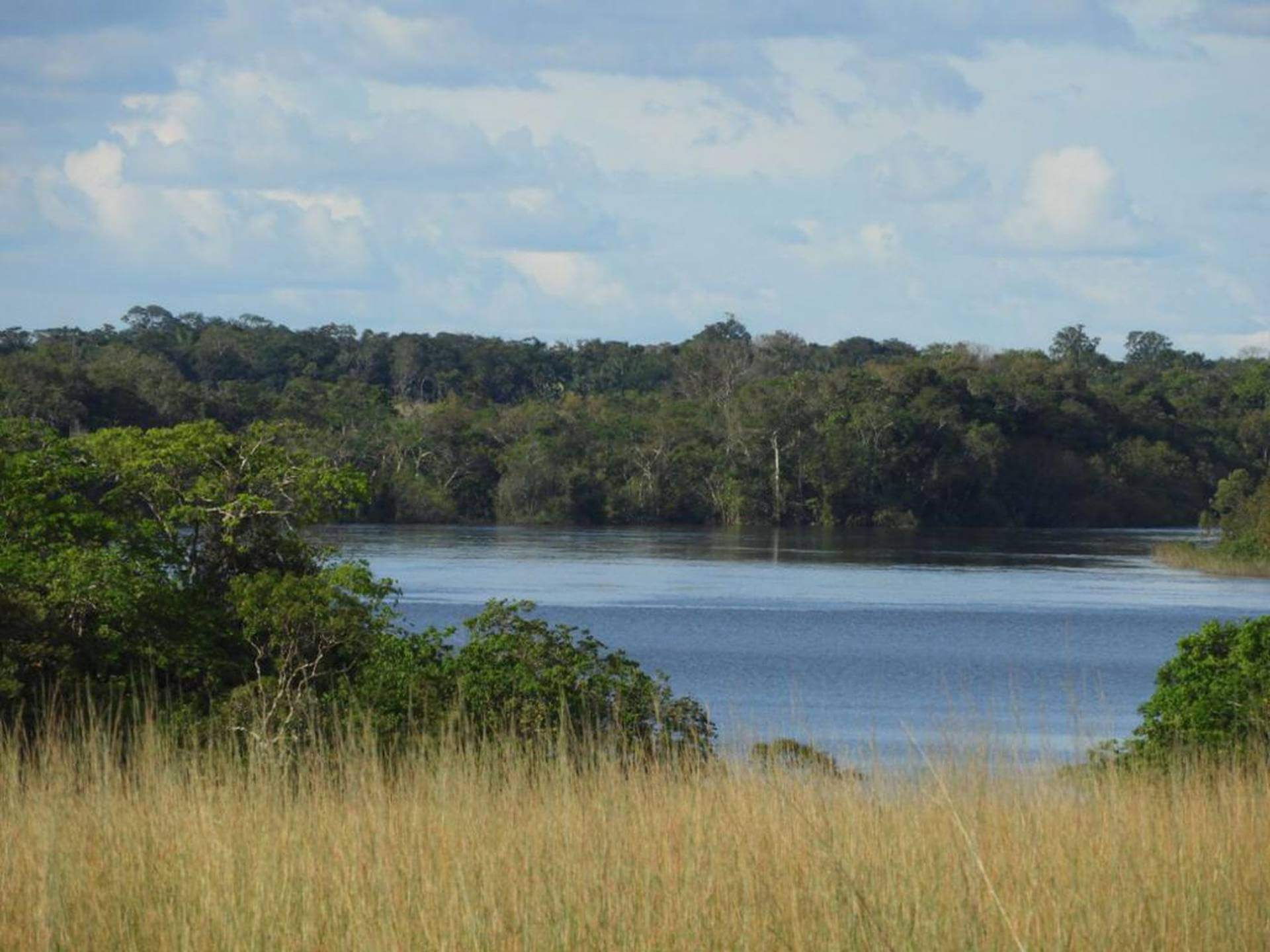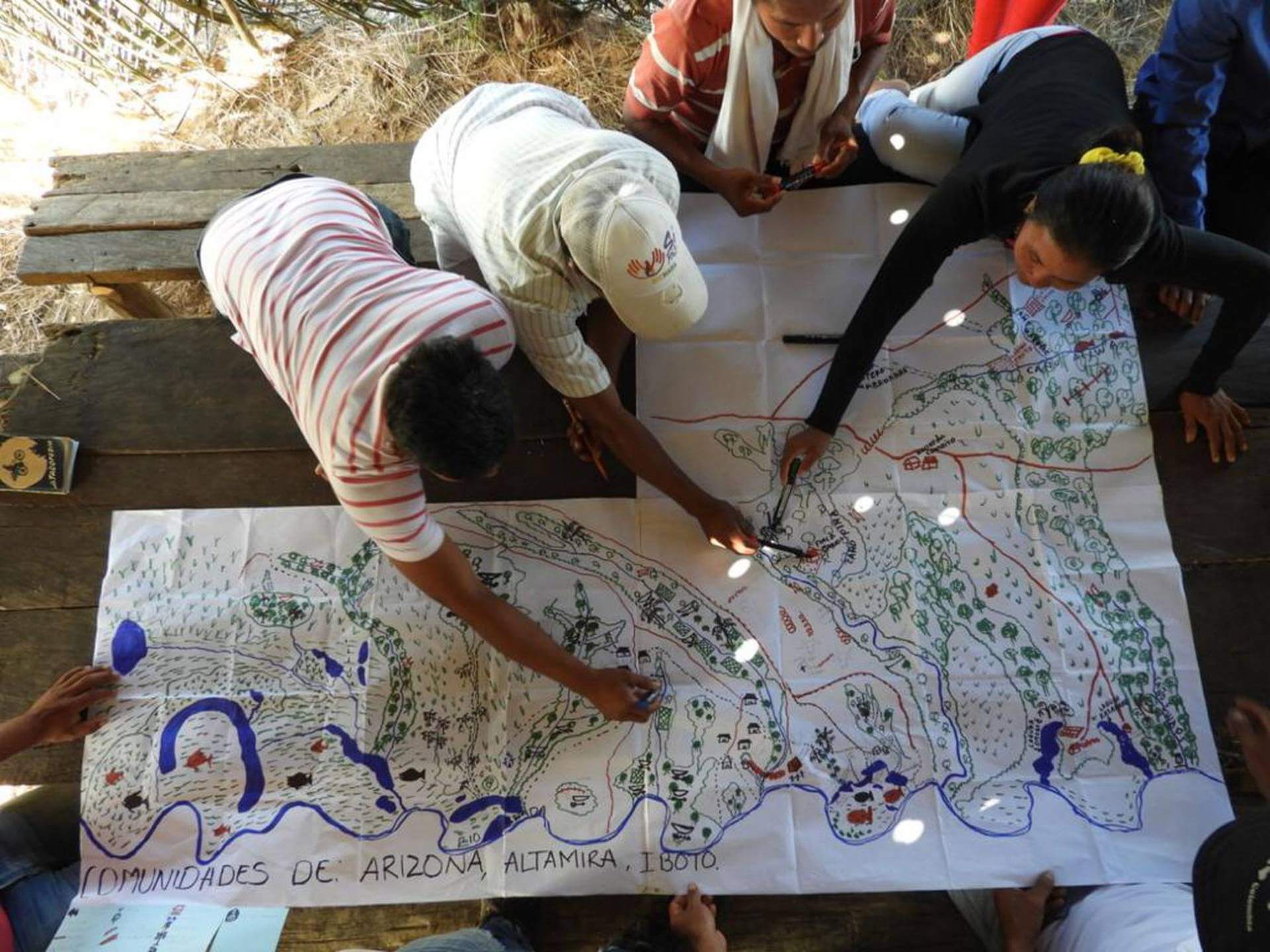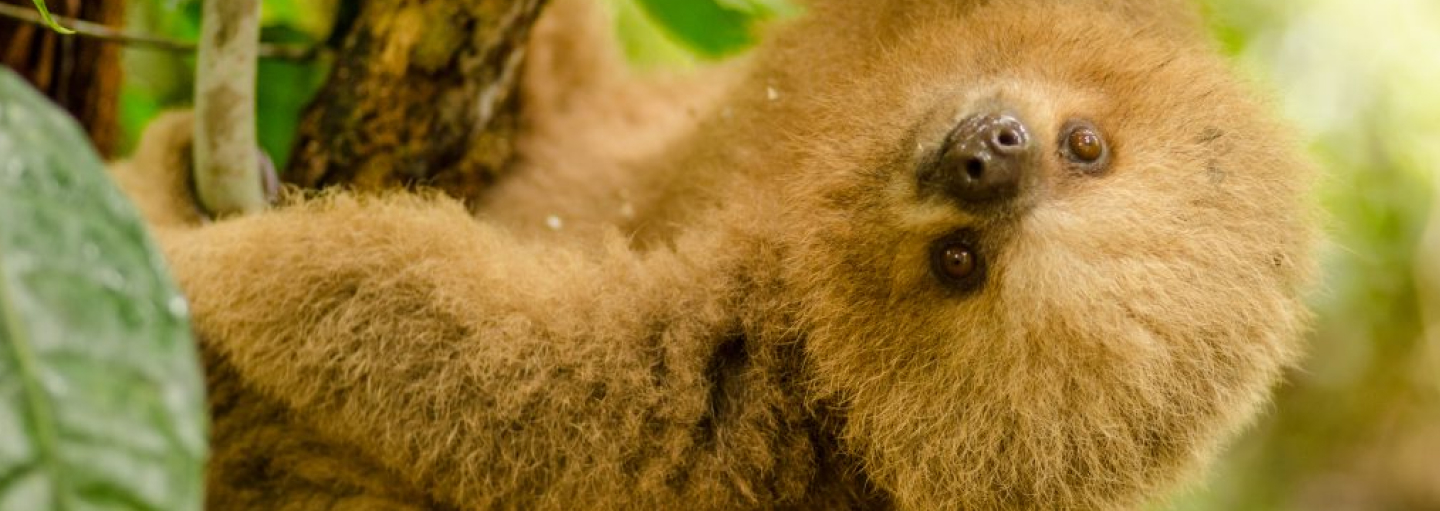An Expedition into the Aliwa Rainforest: Safeguarding the Biocultural Heritage of the Aliwa-Cupepe Indigenous Community
12/10/2021
The Aliwa rainforest, a unique ecosystem that emerged from a crater 30 million years ago.
The Aliwa forests of Colombia are home to the Sikwani people of the Aliwa-Cupepe indigenous community. The area is abundantly diverse with at least 1,500 species of animals and about 1,100 species of plants. This unique forest was formed when a crater hit the earth over 30 million years ago. Initial research expeditions have led researchers to believe there is much still to be discovered in terms of the variety of species of plants and animals. It is a common occurrence worldwide, that in areas where asteroids have made impact, biodiversity is found to be uniquely different from the rest of the region.

Field expedition to the Aliwa-Cupepe Forest
Earlier this year, the project (named Salvaguardando la herencia biocultural del territorio indígena Aliwa-Cupepe) to safeguard the biocultural heritage of the Aliwa-Cupepe was initiated. This project is a joint effort between Humbodt Institute, WCS-Colombia, Traditional Indigenous Authorities, Nature and Culture International, and Re:Wild. The expedition will study the uniquely diverse range of flora and fauna found within this ancient crater. The team will also work to strengthen participatory planning for the 90 indigenous families that live in the region.

Vichada River in the Aliwa forest
HUMBOLDT INSTITUTE

More than 90 families of the Aliwa-Cupepe community live in the region of the crater
HUMBOLDT INSTITUTE


